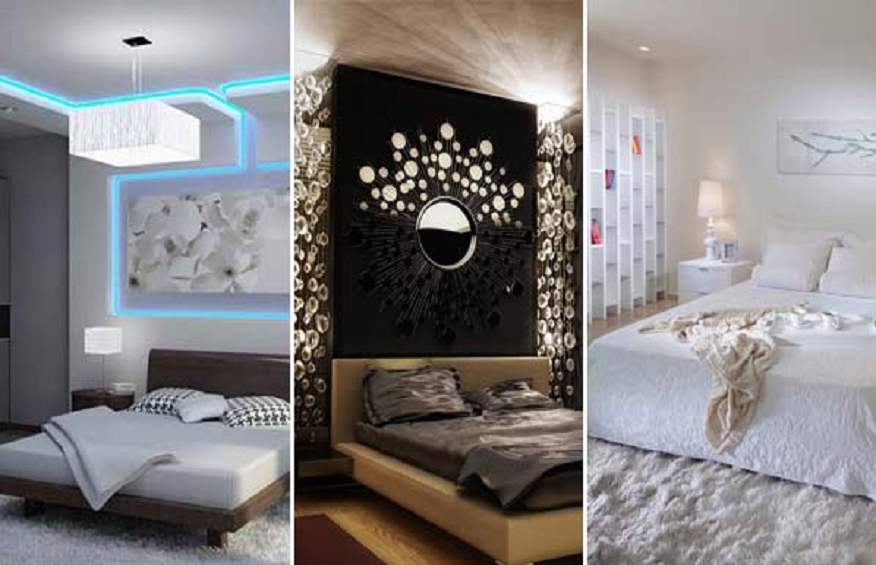Lighting plays a crucial role in our daily lives, affecting our moods, productivity, and even our health. The type of light bulb we use can make a significant difference in how we feel and perform. One question that often comes up is, “What type of light bulb is closest to natural light?”
Natural light is the gold standard when it comes to lighting. It’s the most comfortable and healthy light source, and it’s the type of light our bodies have evolved to thrive on.
Natural light has a full spectrum of colors, including blues and greens, which can help regulate our circadian rhythm, improve mood, and enhance cognitive function.
There are several types of light bulbs on the market, but not all of them can mimic natural light.
In this article, we will explore the types of light bulbs that are closest to natural light.
1. LED Light Bulbs
LED stands for Light Emitting Diode, and LED bulbs are among the most energy-efficient and long-lasting light bulbs on the market.
They are also one of the best options for mimicking natural light. LED bulbs produce light in a range of color temperatures, including warm white (2700K), cool white (4000K), and daylight (5000K-6500K).
Daylight LED bulbs produce a color temperature that is very similar to natural sunlight, with a bluish-white hue that is crisp and clear.
These bulbs are an excellent choice for offices, classrooms, and other spaces where productivity and concentration are essential.
2. Full-Spectrum Light Bulbs
Full-spectrum light bulbs are designed to mimic natural sunlight by producing a broad range of wavelengths, from ultraviolet to infrared. These bulbs are often used in photography and horticulture, but they can also be used in homes and offices to create a natural lighting environment.
Full-spectrum light bulbs are available in a range of color temperatures, including warm white, cool white, and daylight.
They are an excellent choice for people who suffer from Seasonal Affective Disorder (SAD) or other types of mood disorders, as they can help regulate circadian rhythms and improve overall mood and energy levels.
3. Halogen Light Bulbs
Halogen light bulbs are a type of incandescent bulb that uses halogen gas to increase the bulb’s efficiency and lifespan.
Halogen bulbs produce a warm, yellowish-white light that is similar to natural sunlight, making them an excellent choice for creating a cozy and inviting atmosphere in homes and restaurants.
Halogen bulbs are also available in daylight color temperatures, which can be used in offices and other work environments to improve productivity and concentration.
4. Compact Fluorescent Light Bulbs (CFLs)
Compact Fluorescent Light Bulbs (CFLs) are an energy-efficient alternative to traditional incandescent bulbs. They use less energy and last longer, making them a popular choice for homes and businesses.
CFLs are available in a range of color temperatures, including warm white, cool white, and daylight. Daylight CFLs produce a color temperature that is similar to natural sunlight, making them an excellent choice for offices, workshops, and other environments where accurate color rendering is important.
5. Incandescent bulbs
Incandescent bulbs are not as energy-efficient as other types of bulbs, but they emit a warm, soft light that is similar to natural light.
These bulbs are also affordable and widely available, making them a popular choice for many people.
In conclusion, LED, full-spectrum, halogen, and CFL light bulbs are all excellent choices for mimicking natural light.
The best type of light bulb for you will depend on your needs and preferences. Whether you’re looking for a cozy atmosphere, improved productivity, or relief from mood disorders, there is a natural light bulb out there that can help you achieve your goals.
How to choose light bulb closest to natural light
Choosing the right light bulb for your home or workspace can be a tricky task, especially when you want to achieve a lighting atmosphere that is as close to natural light as possible.
Natural light is not only important for visual clarity but also for overall well-being and productivity. Fortunately, with a little knowledge and guidance, choosing the right light bulb closest to natural light can be a breeze. Here are some tips to help you make the right choice.
1. Understand color temperature
The color temperature of a light bulb is measured in kelvins (K) and determines the warmth or coolness of the light emitted.
The lower the kelvin value, the warmer and more yellowish the light will appear. The higher the kelvin value, the cooler and more bluish the light will appear.
Natural light is typically around 5000K, which is considered a cool white color temperature. When buying light bulbs at hardware shops, look for those labeled as “daylight” or “cool white” with a color temperature between 5000K and 6500K.
2. Consider the CRI
The Color Rendering Index (CRI) measures how accurately a light source reveals the true colors of objects compared to natural light.
The higher the CRI, the better the light source will render colors. Natural light has a CRI of 100, which is the highest possible score. When selecting a light bulb you should look for those with a CRI of at least 80 to ensure the colors in your space are accurately represented.
3. Choose LED bulbs
LED bulbs are the most energy-efficient and long-lasting light bulbs available. They also come in a wide range of color temperatures and CRI ratings, making them a great choice for achieving natural light.
Additionally, LED bulbs are dimmable, so you can adjust the brightness and color temperature to suit your needs.
4. Check the lumens
Lumens measure the brightness of a light bulb. Natural light is typically around 10,000 lumens on a clear day.
When selecting light bulbs, look for those with a high lumen output to achieve a similar level of brightness.
A good rule of thumb is to aim for at least 800 lumens for a 60-watt incandescent bulb equivalent.
5. Avoid yellow-tinted bulbs
Yellow-tinted bulbs can create a cozy and warm ambiance but are not suitable for achieving natural light. Instead, opt for bulbs with a cooler color temperature in the range of 5000K to 6500K.
6. Consider the space
Consider the space in which you will be using the light bulb. Different spaces may require different lighting atmospheres.
For example, a workspace may benefit from cooler and brighter light, while a bedroom may benefit from softer and warmer light.
Additionally, consider the size of the room and the placement of the light bulb. A larger room may require a brighter bulb, while a smaller room may benefit from a softer and more diffused light.
7. Read reviews
Reading reviews from other customers can be a helpful way to determine if a light bulb will meet your needs.
Look for reviews that mention the color temperature, brightness, and overall quality of the light emitted.



